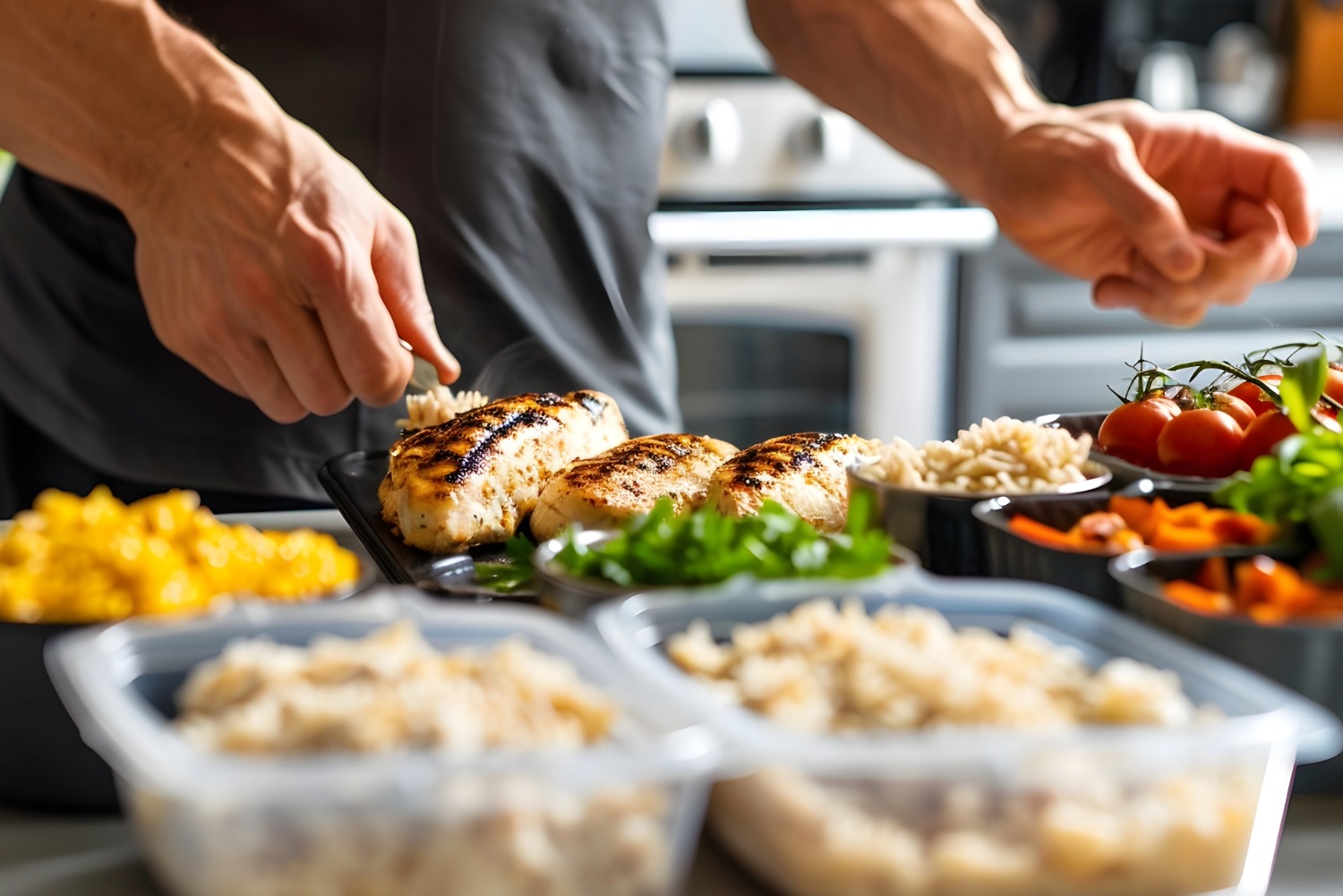News
5 Ways to Beat the Winter Blues

While the polar vortex we’ve been experiencing has dropped some much-needed and welcomed snow, the cold and wind has left some of us feeling less motivated to leave the comforts of home and socialize or exercise. Seasonal Affective Disorder is a type of depression that can cause sleep issues, lethargy, overeating, irritability and feeling down or unsociable. Melaine Hendershott, MS, RDN, CSO offers five tips to beat the winter blues.
- Expose yourself to light. Sit by the window or get outside during the daylight hours. Sunlight plays a critical role in serotonin and melatonin production, circadian rhythms and levels of Vitamin D, all of which play a role in mood regulation.
- Keep active. Walking, skiing, cross-country skiing and snowshoeing are great options for getting into the sunlight and fresh air, and for increasing the heartrate. Exercising indoors is also effective. A JAMA Psychiatry study found that running for 15 minutes/day or walking for an hour reduces the risk of major depression.
- Keep warm. Wear layers outside and keep your home between 64 and 70 degrees. Studies show that simply staying warm reduces the risk of Seasonal Affective Disorder by 50%.
- Be social. Make an effort to see friends and family, and stay connected to your support network.
- Eat healthy. Folate is an important nutrient for combatting depression and improving brain health. You can find it in green, leafy vegetables, whole grains and legumes. Vitamin C is also important for decreasing inflammation and boosting your immune system. Try citrus fruits; dark, green, leafy vegetables; and berries. Include healthy fats daily such as nuts, seeds, vegetable oils and fish to boost brain health and decrease inflammation. Eat foods high in fiber; the healthy bacteria in your gut are responsible for making the feel-good neurotransmitter, serotonin, which is usually low in those who are suffering from depression. Eating foods high in fiber such as legumes, whole grains, fruits, vegetables, nuts and seeds is essential for keeping your microbiome healthy and diverse. Follow a plant-based diet with 2/3 of your plate being comprised of fruits, vegetables, starchy vegetables and legumes and 1/3 or less of your plate from lean animal sources. The recipe below is packed with nutrients to battle those winter blues.
Kale Salad
Prep Time: 15 minutes Cook Time: 25 minutes
Total Time: 40 minutes
Serves 4
Ingredients
Carrot Ginger Dressing
• ½ cup chopped roasted carrots, from 3/4 cup raw carrots
• 1/3 to ½ cup water
• ¼ cup extra-virgin olive oil
• 2 tablespoons rice vinegar
• 2 teaspoons minced ginger
• ¼ teaspoon sea salt
Salad
• 1 batch roasted chickpeas
• 1 bunch curly kale, stems removed, leaves torn into bite-sized pieces
• 1 teaspoon lemon juice
• ½ teaspoon extra-virgin olive oil
• 1 small carrot, grated
• 1 small red beet, grated*
• ½ watermelon radish, very thinly sliced
• 1 avocado, cubed
• 2 tablespoons dried cranberries
• ¼ cup pepitas, toasted
• 1 teaspoon sesame seeds
• Sea salt and freshly ground black pepper, to taste
Instructions
- Preheat the oven to 400°F and line a large baking sheet with parchment paper. Toss the chickpeas with a drizzle of olive oil and sprinkle with pinches of salt and pepper. Place the carrot pieces for the dressing in their own corner of the baking sheet to roast alongside the chickpeas. Roast for 25 minutes, or until the chickpeas are browned and crisp and the carrots are soft. Set the roasted chickpeas aside.
- Transfer the carrots to a blender and add water, olive oil, rice vinegar, ginger and salt. Blend the dressing until smooth and chill in the fridge until ready to use.
- Place the kale leaves into a large bowl and drizzle with the lemon juice, ½ teaspoon of olive oil, and a few pinches of salt. Use your hands to massage the leaves until they become soft and wilted and reduce in the bowl by about half.
- Add the carrot, beet, watermelon radish, half of the cubed avocado, cranberries, pepitas, a few more good pinches of salt and a few grinds of pepper, and toss. Drizzle generously with the carrot ginger dressing. Top with the remaining avocado, more dressing, the roasted chickpeas and sprinkle with the sesame seeds. Season to taste and serve.
Find this recipe online at loveandlemons.com/kale-salad/.
More News
-
New!
More

Screening Secrets: What Every Man Should Know About Prostate Cancer Screening
Prostate cancer is the most common type of non-skin related cancer in men, and it is the second leading cause of cancer-related deaths in men within the United States, behind lung cancer. Fortunately, if caught early, prostate cancer remains highly treatable and curable with minimally invasive procedures.
-
New!
More

Unplug to Recharge: Why a Digital Detox Is the Real Power Move for 2026
Our phones promise connection, convenience and control, yet most of us feel more scattered, stressed and sleepless than ever. The constant pings, scrolls and notifications have rewired our brains for distraction. The fix? Not abandoning technology altogether, but reclaiming balance.
-
New!
More

Beyond the Scale: Why Nutrition and Exercise Work Better Together
For decades, weight loss advice has been distilled into a simple equation: calories in, calories out. Eat less, maybe combine that with exercise, and the pounds will fall away. But according to experts at Vail Health, that equation overlooks a much bigger picture.





